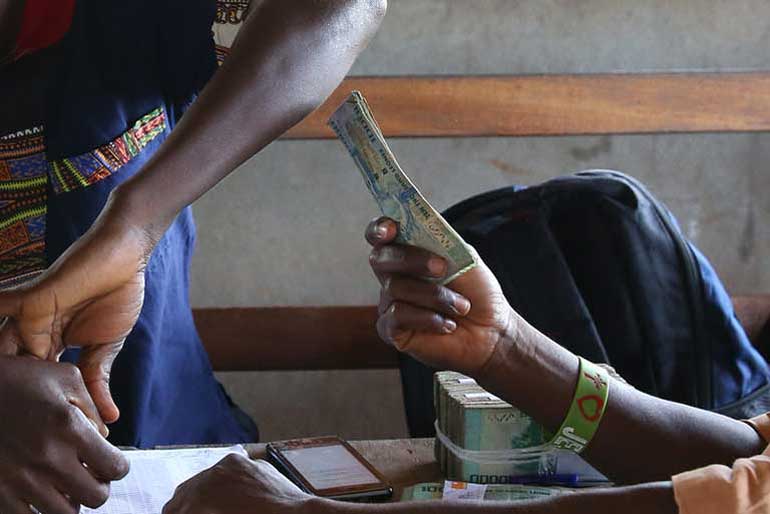Monday Dec 29, 2025
Monday Dec 29, 2025
Thursday, 3 March 2016 00:00 - - {{hitsCtrl.values.hits}}

http://blogs.worldbank.org: How do countries ensure that remittance service providers – who are often serving the world’s poorest people – mitigate their risk for abuse by money launderers and terrorist organisations?
This important question is addressed by new Guidance from the Financial Action Task Force (FATF), the international standard-setting body for anti-money laundering and combating the financing of terrorism (AML/CFT).
The United Nations estimates that developing countries received over US$400 billion in remittances from migrants living abroad in 2014. These funds are often the first financial service that migrants and their families use, so it is important that people can send and receive funds with relative ease and at reasonable cost. However, remittance service providers and the governments that supervise them must ensure that they are not abused by parties undertaking illegal activities such as money laundering or terrorist financing.
The FATF calls remittance providers “Money or Value Transfer Services” (MVTS), and in its new guidance it dedicates considerable space to explaining the many business models that exist for this type of financial facility, and the ones that provide the best service for people who send and receive remittances.
FATF’s Guidance is intended to assist countries, operators in the MVTS sector, as well as banks working with them, to better understand a ‘risk-based’ approach to implementing measures to combat money-laundering and terrorism financing (ML/TF). In a nutshell, this means that the measures to combat these ills should be commensurate with the risks they pose.
A very clear statement made in this new document is that while there may be instances when operators in this sector are abused by entities carrying out money laundering or terrorist financing, “this should not necessarily result into categorisation of all MVTS providers as inherently high ML/TF risk.” This is a positive sign to the MVTS sector, the banking sector, and governments who are working to avoid a broad-brush risk categorisation of the sector that does not reflect the diversity of the providers.
The guidance clarifies that the overall risk of any MVTS provider is influenced by a number of factors. These include the extent and quality of the regulatory and supervisory framework, the implementation of risk-based controls, and other mitigating measures put in place by individual providers.
The FATF document also includes a section entitled ‘Access of MVTS to Banking Services,’ which confirms growing concern that banks are terminating relationships with MVTS, and is an explicit acknowledgement that this issue warrants attention at the international level. This is a timely and helpful addition to the ongoing global conversation about remittance service providers’ access to bank accounts. It complements work already published by the World Bank in November 2015 concerning this topic.
The World Bank is an observer to the FATF. The majority of FATF members are developed countries, and the Bank plays an important role in providing a voice for developing countries who are not FATF members. Our team here actively provided inputs on the drafting of this Guidance, which is particularly relevant in the context of broader development agenda to achieve financial inclusion.
The Addis Ababa Action Agenda, which provides the detailed framework for the post-2015 development agenda, calls on the global community to address the most significant obstacles to the continued flow of remittances, including the withdrawal of banks from this business line. This guidance will help increase understanding among banks, governments, and MVTS providers as they grapple with managing risks imposed by “bad actors” in the system – without negatively affecting legitimate business.